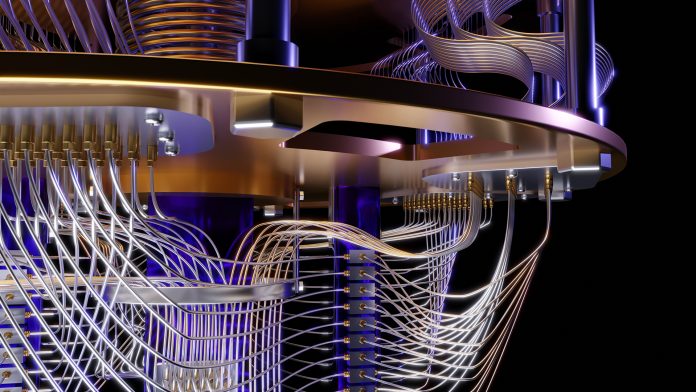QUBIT : The 0's and 1's of Quantum computing
 Shourya Shah
Shourya Shah
Qubit or Quantum bit is the basic unit for computation on quantum technology. In layman terms, a qubit is an atomic version of 0s and 1s, essentially a bit on steroids. Imagine a normal bit as a light switch and a qubit as a dimmer switch.
Working & History -
The smallest unit of matter is an atom, and this thought became an idea for scientists to work further on the nature of atoms for quantum information. Qubit operation involves freezing an atom to absolute zero and inducing a spin motion using electromagnetic waves. This spinning motion, up or down, can be denoted as 0 or 1. Unlike regular computers where a transistor reads a normal bit as either 0 or 1, existing in a single state with a 50-50 probability, qubits are different. A qubit can also result in 0 or 1 when read, but before reading, it can exist as both 0 and 1 simultaneously, a state called superposition. This superposition allows qubits to explore multiple possibilities at once. The term qubit and the theory of qubit spin up and down were coined by Benjamin Schumacher.
The relation to Schrodinger's cat -
This concept might remind you of Schrödinger's cat, the thought experiment where the cat is both alive and dead until you open the box. Qubits share a similar ability to exist in multiple states, a mind-bending concept that allows quantum computers to explore parallel possibilities and solve problems in entirely new ways.
Quantum computers will not REPLACE Classical computers -
Quantum computers are not universally faster but have exponentially more operations than normal computers, making them faster and efficient only for specific types of problems and calculations. So, for browsing the internet or watching YouTube videos, there might not be major improvements or might even be slower in some cases.
The exponential operations of a quantum computer create more possibilities and parallelism. The improvement lies not in the speed of individual operations but in the number of operations needed to reach a result, which helps solve problems impossible for normal computers. This can be expressed as N qubits equaling 2^N normal bits.
So, while both regular computers and quantum computers deal with 0s and 1s, qubits' ability to be both at the same time unlocks a whole new level of processing power. It's like having a computer that can explore countless possibilities simultaneously, paving the way for breakthroughs in medicine, materials science, and beyond!
Subscribe to my newsletter
Read articles from Shourya Shah directly inside your inbox. Subscribe to the newsletter, and don't miss out.
Written by
